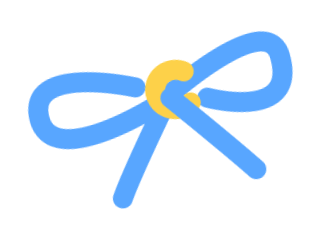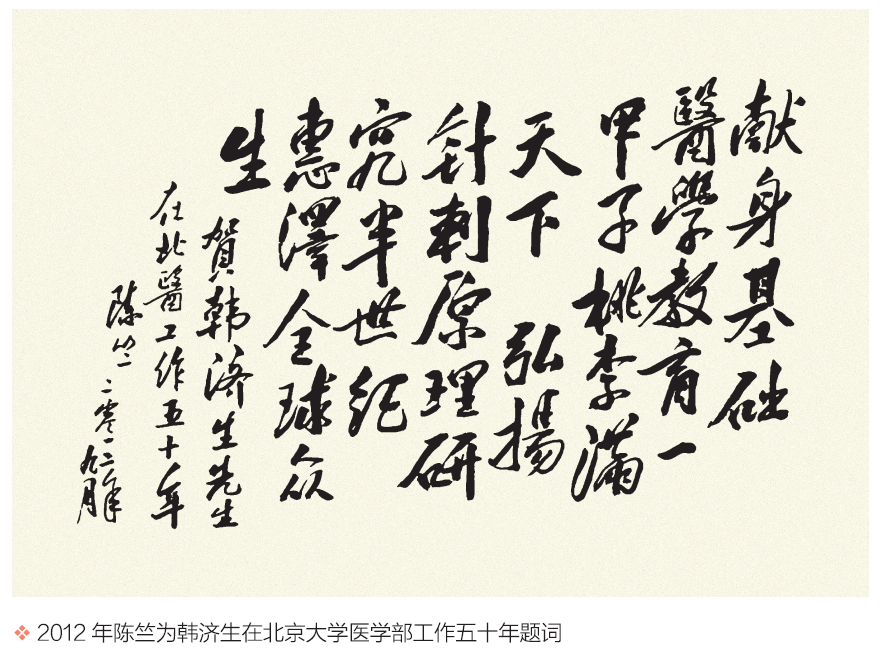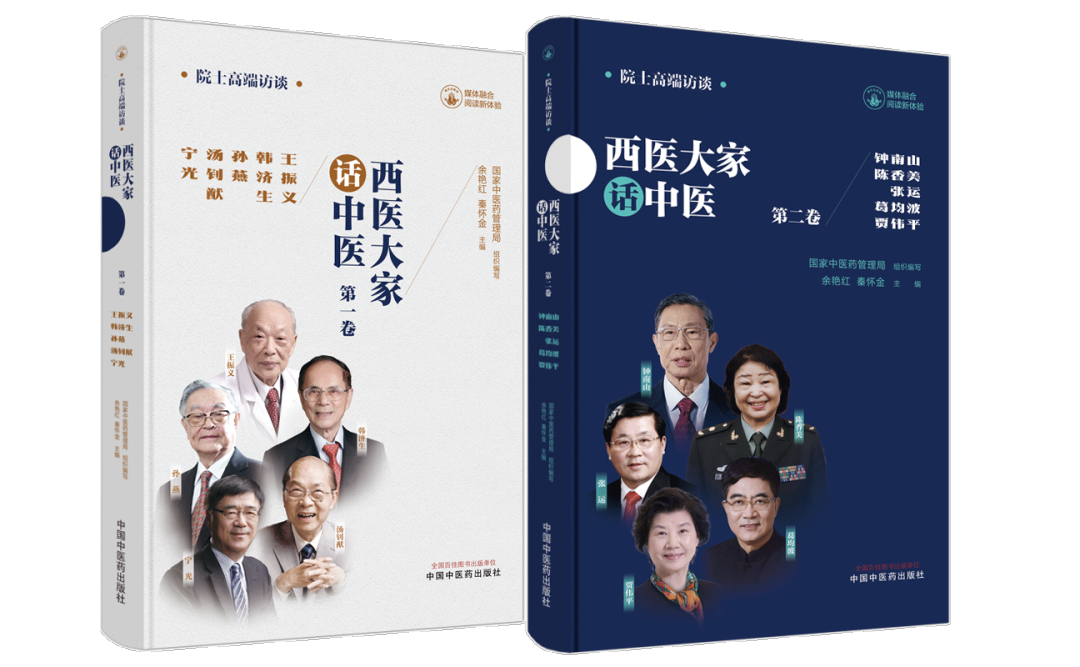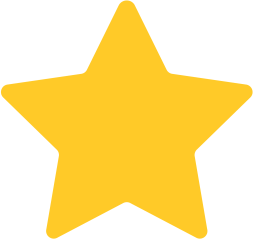Editor’s Note
When it comes to anesthesia and pain relief, various methods come to mind: intravenous anesthesia, where a small bottle of medication can quickly induce sleep; or inhalation anesthesia, where deep breaths through a mask can take effect in no time. Today, we will discuss “acupuncture anesthesia,” which uses acupuncture to alleviate pain. The renowned neurophysiologist, Academician Han Jisheng, has been researching the mysterious mechanisms of “acupuncture anesthesia” since the 1960s. Let’s listen to his research story.

Interviewer: In the 1960s, acupuncture anesthesia was very mysterious; everyone could see its effectiveness, but no one knew the underlying mechanism, and there was no established research path to follow. How did you successfully find a research path to explore this? What was the first significant achievement you made along this path?
Han Jisheng: As long as it is effective, there must be a clear mechanism. How to find this mechanism? At that time, many studies were limited to the field of acupuncture itself, such as exploring pain relief pathways along the meridians, which yielded little success. I approached acupuncture analgesia as a scientific phenomenon and interpreted its mechanism using a standardized scientific framework.
When the laboratory was just starting, there were mainly three of us; I worked with two young colleagues, and many instructors and technicians from the basic department also joined us in our efforts. I believe that to know “why,” we must first determine “what it is,”everything needs to start from phenomenon to essence. Clinically, anesthesiologists are accustomed to using drugs for anesthesia; now, we are using acupuncture instead of drugs, which is naturally referred to as “acupuncture anesthesia” (commonly called “acupuncture anesthesia” at that time).
However, in reality, unlike traditional drug anesthesia, the patient’s consciousness does not disappear under acupuncture; rather, the sensation of pain becomes dulled, allowing certain surgical procedures to be performed. In this process, acupuncture not only serves a pain-relieving function but also plays a role in regulating physiological functions. Although the effects of acupuncture are not limited to pain relief, pain relief is indeed the core and essential element of acupuncture anesthesia.

To study acupuncture using a scientific framework, the first problem to solve is how to objectively measure pain sensation.I knew that the accumulation of potassium ions could trigger pain sensation physiologically, but how to control and measure potassium ions? We thought of various methods to measure pain, applying heat and needles to the skin, and finally collaborated with engineer Liu Yiming from Beihang University to find a way to apply gradually increasing anodic current to the skin, introducing potassium ions from a potassium chloride solution into the skin, exciting subcutaneous nerve fibers and producing pain sensation. After repeated experiments and improvements, we finally developed a potassium ion pain threshold measuring device that met experimental requirements.
With the instrument ready, we needed to test it on humans. I told my students during class: “Students, we have a task now, to study whether acupuncture can produce anesthesia or analgesic effects. Why do these effects occur? We need volunteers to see if pain sensation becomes dulled after acupuncture. Who is willing to participate?” All the students raised their hands enthusiastically.
Next, we set up eight beds in the laboratory and conducted experiments on the “effect of acupuncture on the pain threshold of human skin” with eight subjects simultaneously. We carefully observed and recorded the patterns of acupuncture analgesia in 194 normal individuals and patients. We found thatacupuncture analgesia has a characteristic of gradual onset and gradual decline.
For example, continuous acupuncture at the Hegu (LI4) point for about 30 minutes is required to fully exert the analgesic effect (i.e., significantly increase the pain threshold), which is clinically referred to as the “induction period.” Moreover, acupuncture not only has analgesic effects near the acupoint but also shows significant analgesic effects throughout the body. After the analgesic effect is fully exerted, removing the needles does not immediately eliminate the analgesic effect. Considering the influence of psychological factors, we also designed various control experiments.

I love to draw graphs; during the day, it was like industrial production, with eight people lying there being tested for pain; at night, all the data was compiled by me. I used an abacus and a slide rule to calculate and draw graphs, with no one helping me. During the day, everyone conducted experiments, and at night I compiled the statistics. The more samples we had, the smoother the statistical curve became. When I plotted the descending curve of pain threshold recovery after needle removal on semi-logarithmic graph paper, I found that its slope was extremely consistent, forming a straight line with a very regular pattern. Every 16 minutes, the pain threshold decreased by half, and after another 16 minutes, it decreased by half again.
Looking at the beautiful curve graph, I was very pleased: the disappearance of acupuncture analgesia has a specific half-life, just like the decay of isotopes or the first-order elimination reaction of chemical substances in the body. Doesn’t this phenomenon suggest that acupuncture analgesia has a specific chemical basis? This indicates that acupuncture can stimulate the release of natural analgesic substances to exert its analgesic effect, and a predictable pattern lies ahead; this was the first significant achievement in acupuncture research. At that time, I was exceptionally excited and wanted to share and discuss these curves and ideas with my colleagues immediately, but it was already late at night, and the entire building was empty.
In February 1966, at the first national acupuncture anesthesia academic conference held in Shanghai, I reported this achievement on behalf of the acupuncture anesthesia group of Peking University, receiving praise from then-Minister of Health Qian Xinzong. On the night of the report, I became even more determined to dedicate my life to acupuncture research: I must clarify the internal mechanisms that enable the ancient acupuncture therapy to relieve pain.
Amazing Stories of Academicians’ Connections with Traditional Chinese Medicine

《Western Medicine Experts Talk about Traditional Chinese Medicine》
Click the cover to enter the Yuyijia TCM Academy to purchase books
This series of books is a high-end interview record of experts in the field of Western medicine, organized by the National Administration of Traditional Chinese Medicine. The first batch of interviews features ten academicians, including Wang Zhenyi, Han Jisheng, Sun Yan, Tang Zhaoxian, Zhong Nanshan, Chen Xiangmei, Zhang Yun, Ge Junbo, Ning Guang, and Jia Weiping, vividly recounting their experiences in understanding and connecting with traditional Chinese medicine in their clinical and research work, and seriously reviewing their extraordinary journeys in applying modern scientific research to traditional Chinese medicine, integrating Chinese and Western medicine in clinical research. This series is a fusion publication that will bring readers a new digital reading experience, including audio-visual replays of interview scenes, panoramic tours of famous TCM sites, and AR experiences of meridian pathways.

❖This article is for knowledge sharing only and does not constitute a recommendation or promotion of any medication or treatment, nor can it replace professional medical advice. For any diagnosis or treatment needs, please consult and contact a legitimate medical institution.
Previous Recommendations
The best “herbal partner” for tonifying Qi
“Beauty secrets” you can do at home
The inseparable bond between Western medicine experts and traditional Chinese medicine
Copyright Statement
Some content of this article is selected from “Western Medicine Experts Talk about Traditional Chinese Medicine, Volume 1” (published by China Traditional Chinese Medicine Press, edited by Yu Yanhong and Qin Huaijin), and the final interpretation rights belong to the original author. This article is recommended for publication by Yuedu TCM (WeChat ID: ydzhongyi). The images and cover images in the text are sourced from Shetu Network, and the copyright belongs to the original author. If there is any infringement, please contact for deletion. Unauthorized reproduction is prohibited!
✦Editor: Li Wenbo, Lei Chang
✦ Review: Liu Zhe
✦ Typesetting: Hu Jialin, Guo Dongshan
✦ For reprints, submissions, collaborations, and book group purchases: 17701086692 (WeChat ID)
Click“Read the original text”, to purchase the recommended good books in this article Please share
Please share Please bookmark
Please bookmark Please click
Please click Please view
Please view

